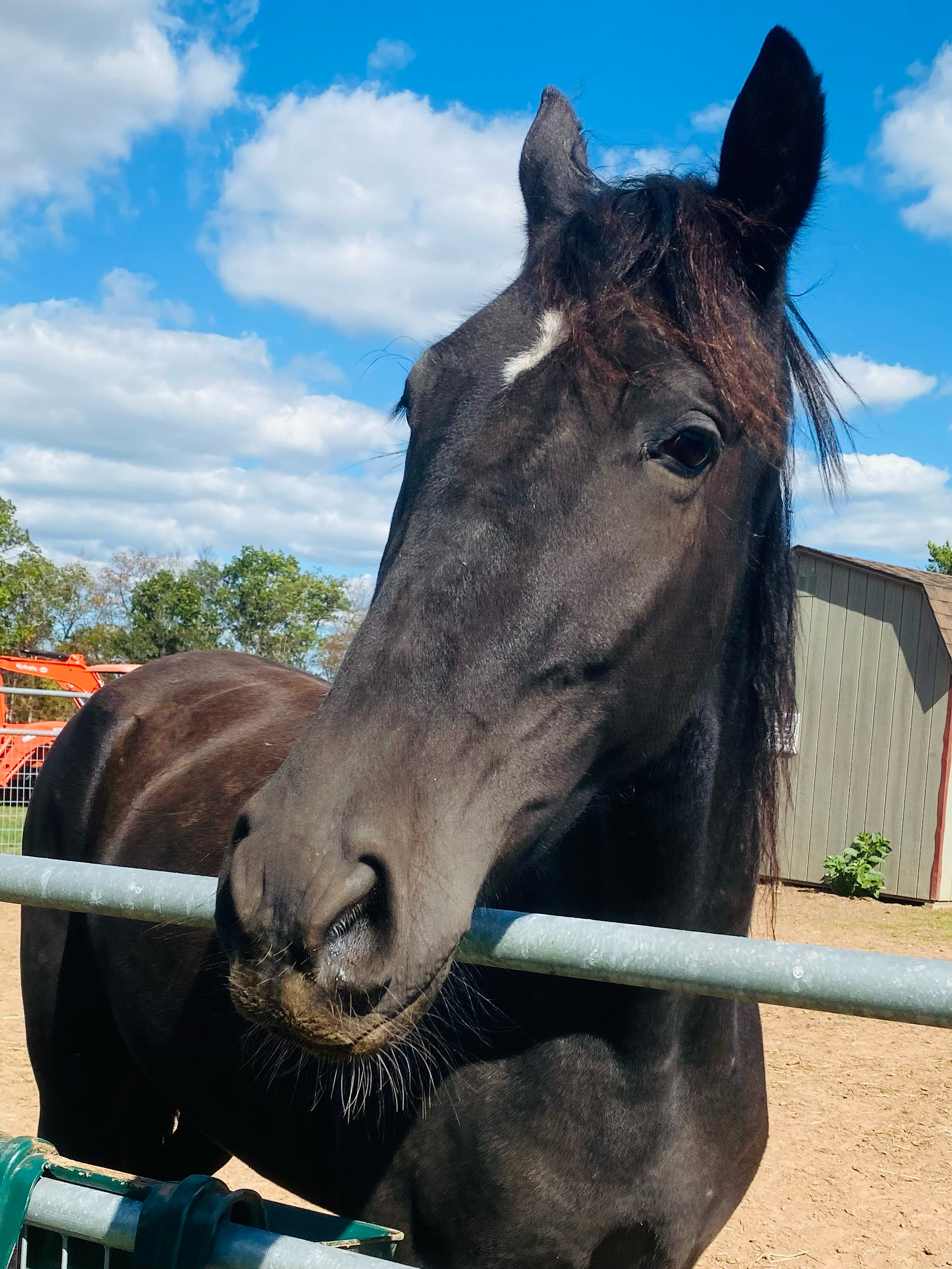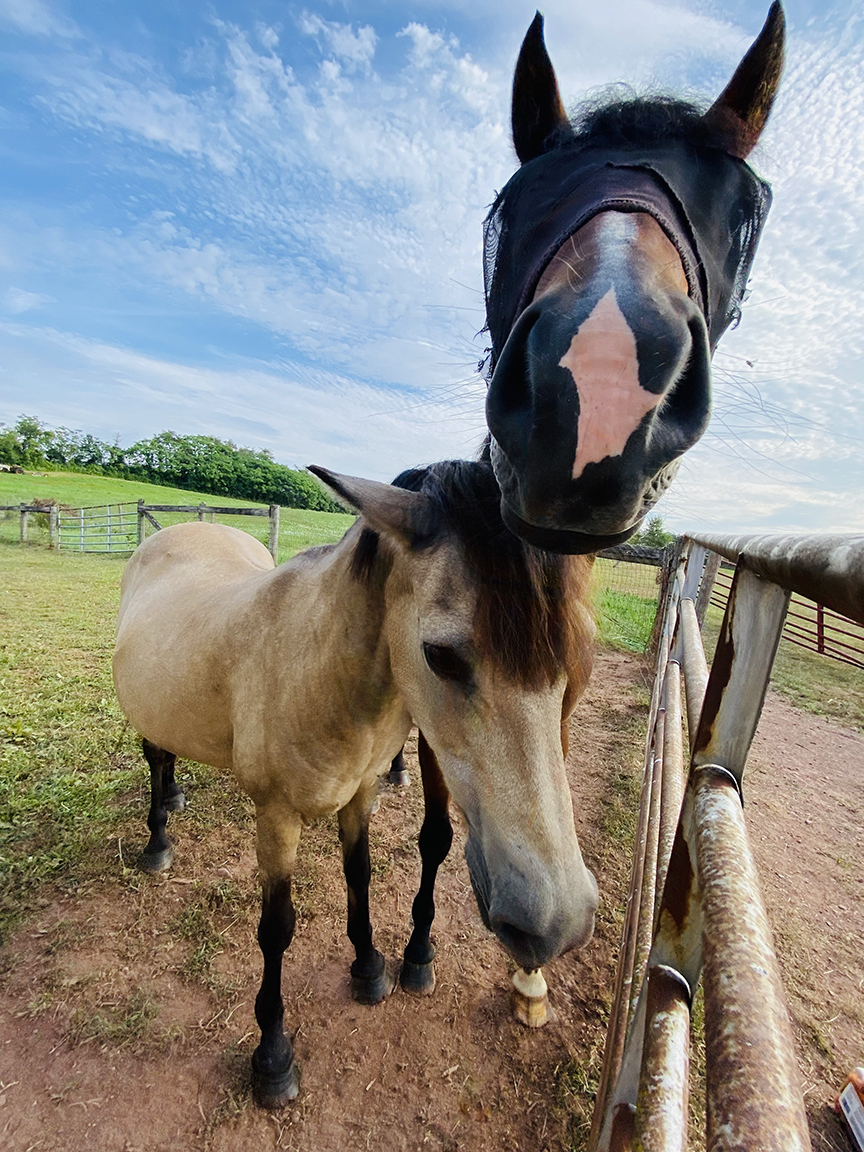
 When you invite a farm sitter to care for your animals and property, you’re trusting someone to step into your daily routine and keep everything running smoothly while you’re away. The best way to set your sitter and your animals up for success is by having reasonable expectations and making sure everything is clearly organized, labeled, and easy to manage.
When you invite a farm sitter to care for your animals and property, you’re trusting someone to step into your daily routine and keep everything running smoothly while you’re away. The best way to set your sitter and your animals up for success is by having reasonable expectations and making sure everything is clearly organized, labeled, and easy to manage.
Label Everything Clearly
Even the most experienced farm sitter won’t know your setup like you do. It’s your barn, but you’re inviting in someone who isn’t familiar with its quirks, layout, or routines. To avoid confusion, label all feeds, supplements, and medications clearly, and keep them in an easily accessible place. Use simple written instructions that outline feeding amounts, times, and any special notes (for example, “Give after grain” or “Soak before feeding”). The more straightforward and visual you make it, the less room there is for error.
Water and Trough Management
Water is one of the most critical aspects of animal care, and it’s also one of the easiest to overlook when systems are complicated. Make sure there are hoses available and long enough to reach all troughs and buckets easily. If your water system requires priming, has a tricky valve, or needs special handling, walk your sitter through it at the meet and greet. Ensuring your setup is simple and functional will make keeping water topped off much easier and more efficient.
Turnout Safety and Equipment
If your horses will be turned out during your absence, ensure there are halters and lead ropes in good repair for every horse. Frayed, ill-fitting, or missing equipment can make handling unsafe or time-consuming. During the meet and greet, be sure to inform your farm sitter about any behavioral issues such as horses that rush gates, don’t like certain pasture mates, or have food aggression. Knowing this ahead of time helps your sitter plan safe, calm transitions for everyone involved.
Simplify Your Systems
One of the most helpful things you can do before your farm sitter arrives is to simplify your systems and processes as much as possible. Streamline feeding routines, consolidate supplies, and make sure chores can be completed efficiently within the time allotted for each visit. If your animals are typically rotated through multiple turn-out pastures, take a moment to assess whether those arrangements are practical for your sitter. For example, if your sitter would need to lead several horses or donkeys a long distance to a far pasture, it may be worth temporarily adjusting your rotation so that they can be turned out in a closer paddock. Small changes like this can save time, reduce stress on both the animals and the sitter, and help ensure your farm continues to run smoothly in your absence. The goal isn’t to change how your farm operates long-term, but to make temporary management as straightforward and stress-free as possible for everyone involved.
Safety Is Non-Negotiable
 It’s important to remember that a professional farm sitter’s first priority is safety for themselves and for your animals. It is never appropriate to ask or expect your sitter to do something unsafe just because it’s faster or more convenient. If a particular gate, feeding setup, or turnout routine requires cutting corners to save time, it’s worth reevaluating that system before you leave.
It’s important to remember that a professional farm sitter’s first priority is safety for themselves and for your animals. It is never appropriate to ask or expect your sitter to do something unsafe just because it’s faster or more convenient. If a particular gate, feeding setup, or turnout routine requires cutting corners to save time, it’s worth reevaluating that system before you leave.
When handling large animals, your sitter should be allowed to use their professional judgment and handle them in a calm, controlled, and safe manner. Giving instructions that contradict safe handling practices can put both your animals and your sitter at risk. In some cases, insisting on unsafe methods could result in the job being declined or terminated altogether. A respectful, safety-first approach ensures everyone human and animal stays secure and well cared for.
Final Thoughts
A good farm sitter will be experienced, responsible, and attentive but they can only work within the framework you provide. By organizing your barn, labeling everything clearly, simplifying your systems, and respecting professional safety standards, you’re ensuring that your animals are cared for exactly as you intend. Clear communication and preparation go a long way toward making your time away worry-free and your sitter’s job smooth and successful.

Click to see our price list for pet care services